With a cell phone, there is a "jammer" for the cellular signal. Let's recall what a "jammer" is: it is a noise generator at the frequency of a wanted signal.
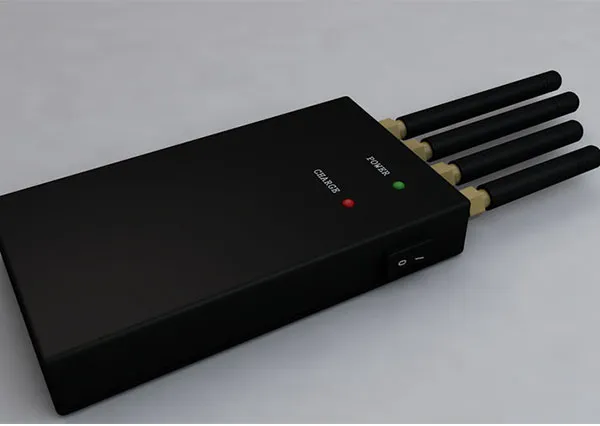
Is there a way to directly cancel out the interference?
No, because you can't see the stars when the sun is there. The sun is too bright, and the stars are too dim compared to the sun. The principle is the same for radio signals: "cell phone blocker" make too much noise compared to the signal level of your cell phone.
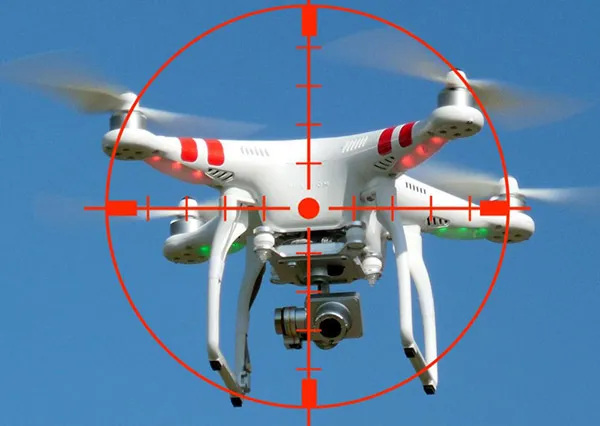
- However, a cell phone, or rather its radio modem, has one important characteristic.
- The farther the phone is from the base station, the weaker the signal from it, and the more powerful the transmitter is needed to ensure a reliable signal from the phone to the cell tower and from cell tower to cell phone.
- If the base station is far away, the phone can increase the signal strength, and vice versa, if the base station is nearby, reduce the signal strength.
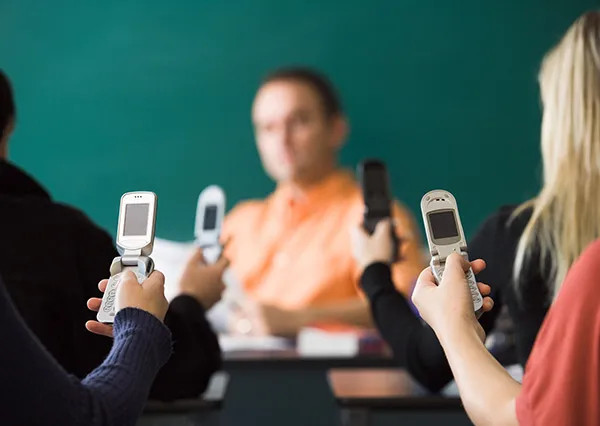
What happens when there is a strong source of noise near the phone?
The phone thinks the tower is far away and starts to increase the power of the transmitted signal to the maximum in order to eventually reach the tower and get a response from it. And this maximum transmit power is often enough to guarantee communication with the nearest base station, even in the case of a "jammer". The probability of this "fuzzy" registration in a cellular network is very high in cities, especially if the noise source is behind the phone relative to the tower.
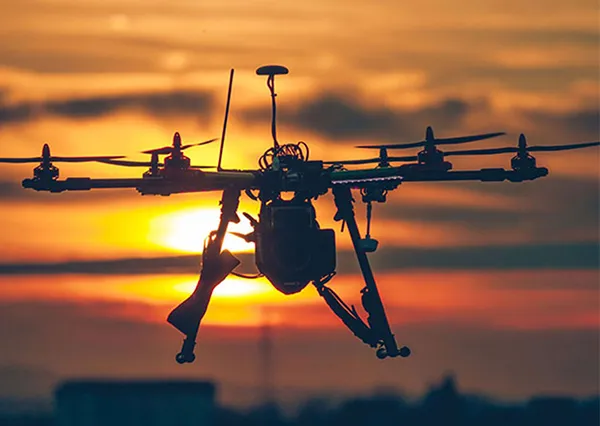
Also, no "jammers" won't work forever. And GPS markers can work autonomously for up to three years on a single set of batteries.
jammer gps devices that generate noise at satellite navigation system frequencies. Their purpose is to prevent GPS/GLONASS receivers from receiving signals from satellites. Here, the task of the "jammer" is very simple, because. The signal level from the satellite is so low that wrapping the receiver in thick foil is enough to make it impossible to pick up the already weak signal from the satellite.

However, there is still a way to combat this jamming method called LBS. The system involves using the cellular operator's towers to determine the coordinates. By analyzing the signal strength of each base station that the GPS Marker "sees", and knowing their coordinates, a rough estimate of the coordinates is possible. The accuracy of this determination is not high, but it allows you to find the area and sometimes the building where the GPS marker is located. In most cases, this is enough to identify the search area, and will almost always allow you to find marked and stolen cars.
The concept of using jammers to interfere with cellular signals or GPS navigation systems is not new, and understanding how they work can help develop potential countermeasures. Jammers work by emitting noise at the frequency of the desired signal, effectively drowning out the signal. However, the effectiveness of jammers is limited by the relative strength of the noise they generate and the signal being jammed.

For cellular signals, the wireless modem in a phone adjusts its transmit power based on its distance from a base station. When encountering interference from a jammer, the phone may mistakenly think that the base station is far away and increase its transmit power to compensate. This can allow communications to continue even in the presence of interfering signals, especially in urban areas where there are multiple base stations.
GPS jammers emit noise at the frequencies used by satellite navigation systems, designed to disrupt a receiver's ability to pick up satellite signals. However, satellite signals are weak, meaning that even simple methods such as wrapping a receiver in foil can effectively block them. Still, countermeasures such as location-based services (LBS) can provide a rough estimate of location by analyzing the signal strength of nearby cell towers. While LBS is not perfectly accurate, it can help determine the general area where a GPS tag is located, thereby aiding in the recovery of stolen vehicles or other assets.
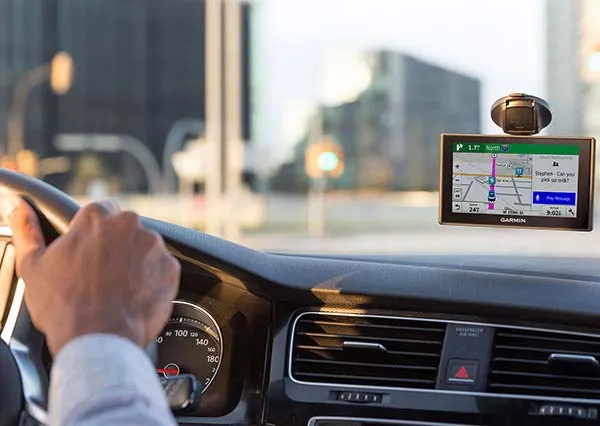
While jammers can present challenges, they are not a foolproof solution. Their effectiveness may be affected by factors such as distance and terrain, and they may not work indefinitely. In addition, advances in technologies such as LBS indicate that there is an ongoing effort to develop countermeasures to jamming tactics.
Understanding the dynamics of jamming and possible countermeasures is critical to mitigating the impact of such jamming on cellular and GPS systems. By staying informed of these developments, individuals and organizations can better protect their communications and navigation capabilities in the face of evolving threats.








